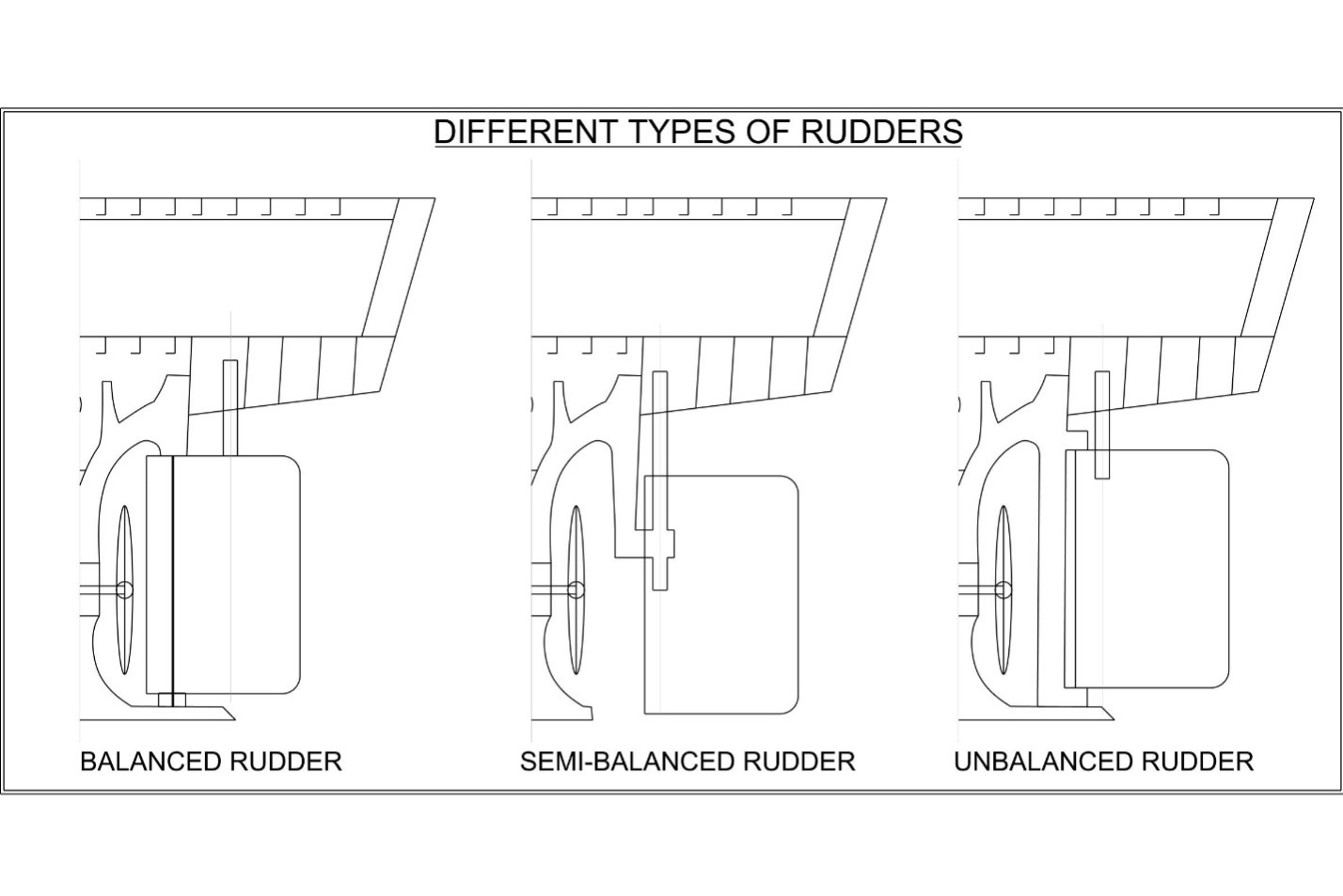
How Does A Ship Rudder Function On A Vessel?
Have you ever wondered why every ship has rudders? Why isn’t the ship’s bow (the forward part) equipped with a rudder? Or why is it usually positioned behind the propeller, […]

Have you ever wondered why every ship has rudders? Why isn’t the ship’s bow (the forward part) equipped with a rudder? Or why is it usually positioned behind the propeller, […]
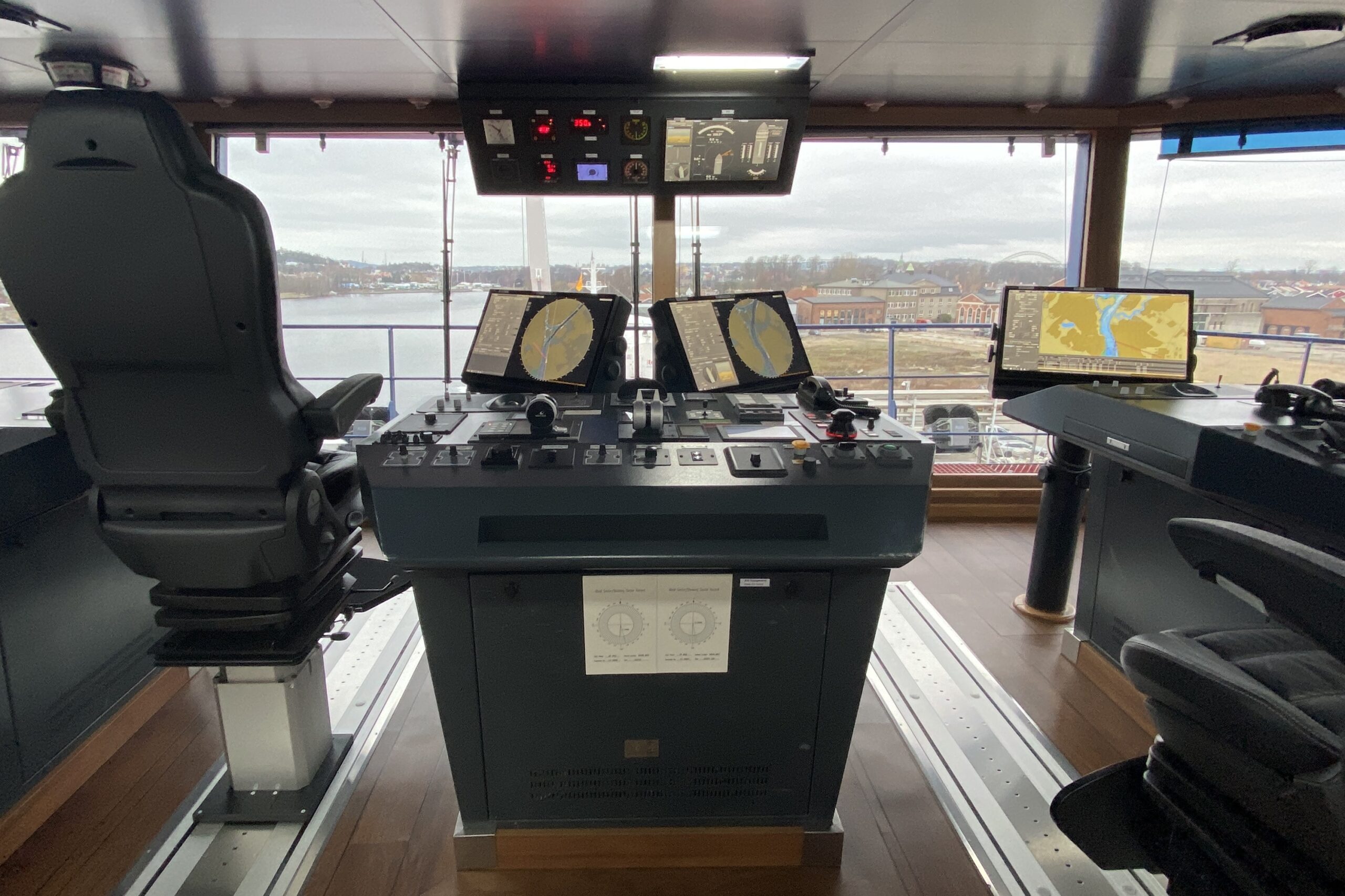
Ever wondered where the control station of massive ships is located where it is operated from? Ships are enormous vessels that can stretch hundreds of meters in length and carry […]

PWCs, otherwise known as personal watercraft or even sometimes by the brand name Jet Ski, are very clever marine vehicles that utilize a pump and an impeller to channel and […]
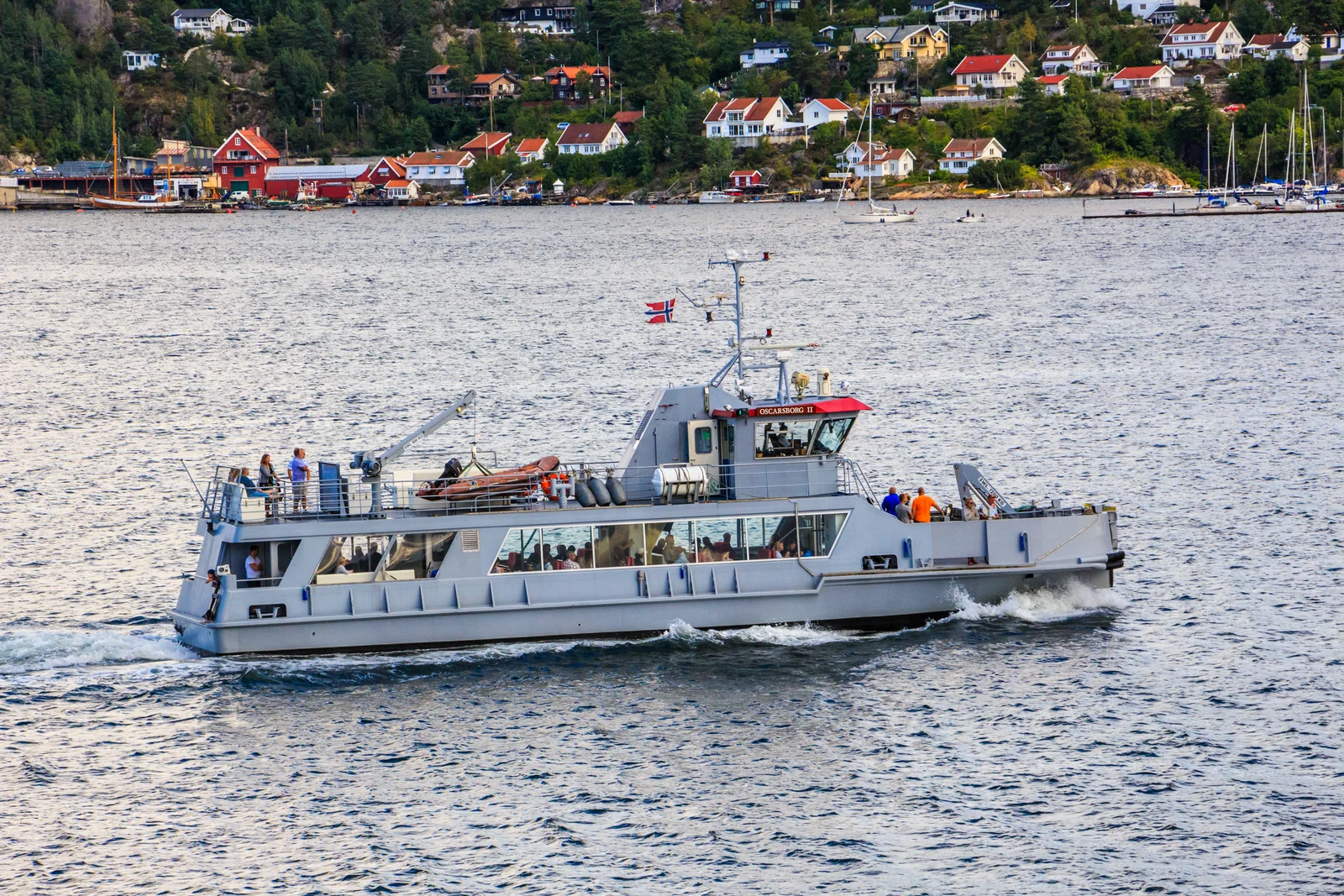
Knots are a unit of speed commonly used in maritime and aviation contexts, yet many are unfamiliar with how fast a knot is compared to more widely used measurements like […]
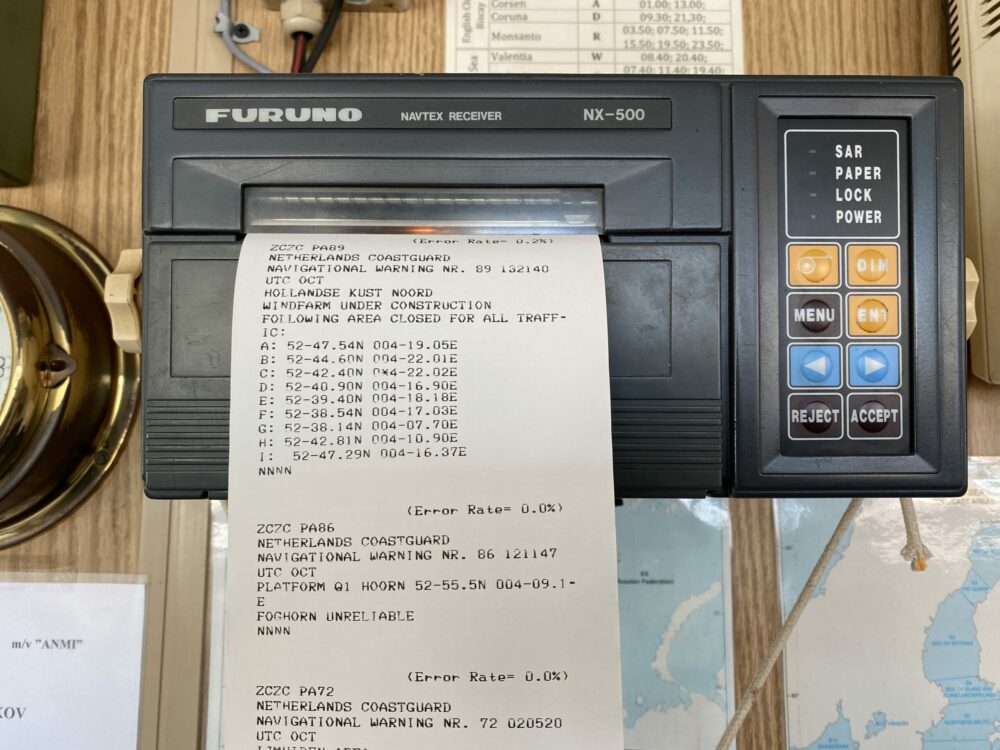
Navigating the high seas has become much safer and easier because of the Global Maritime Distress and Safety System. It allowed stakeholders to check and monitor vessels around the globe. […]
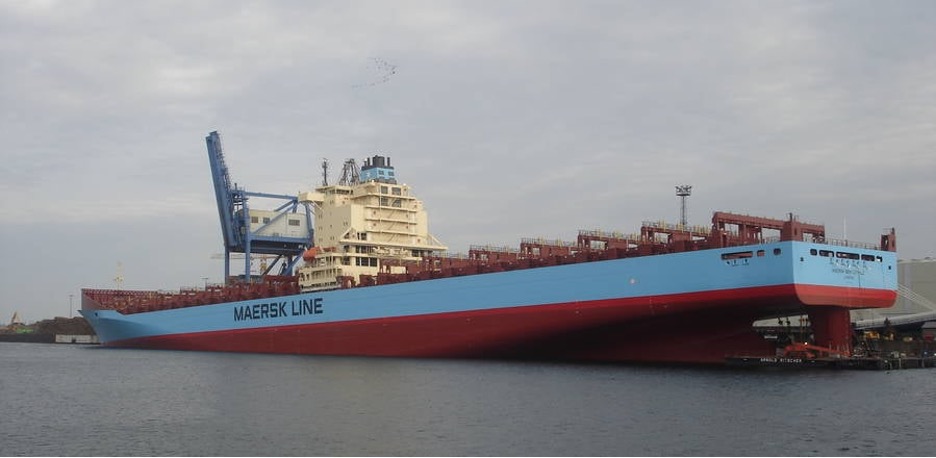
Ships operate in a liquid medium- water, which means their profile in the water they operate in determines how they behave. One such profile is the vessel’s trim which will […]
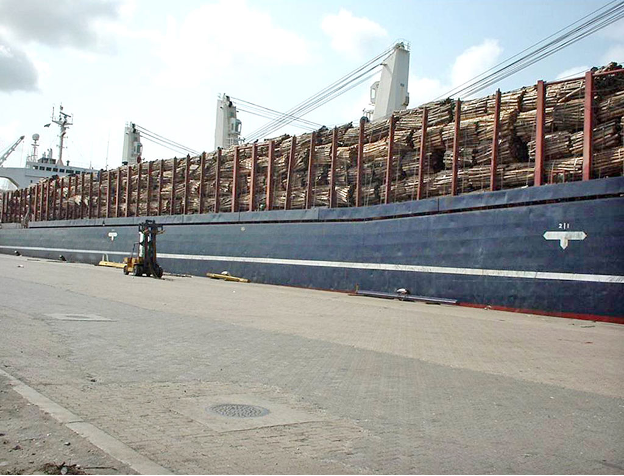
According to naval architects, ships must always be capable of dealing with a wide range of external and internal factors that may affect their seaworthiness and the safety of their […]
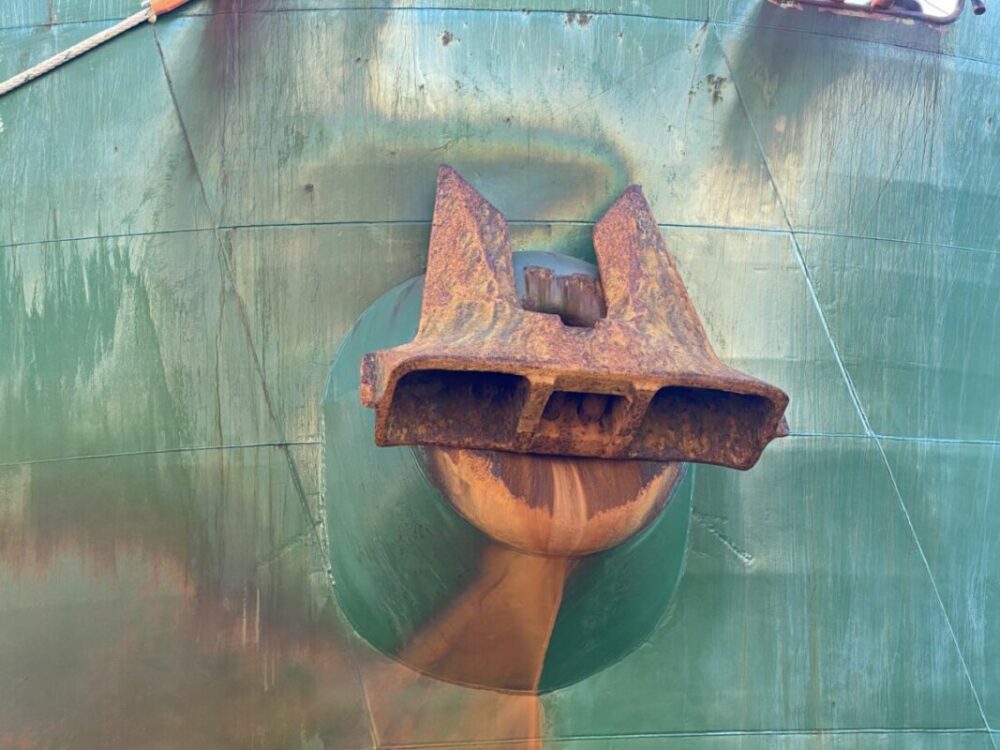
Ship anchoring is one of the ship’s critical operations. This is being performed either in shallow or deep water. Anchoring in deep water basically means dropping the anchor at a […]
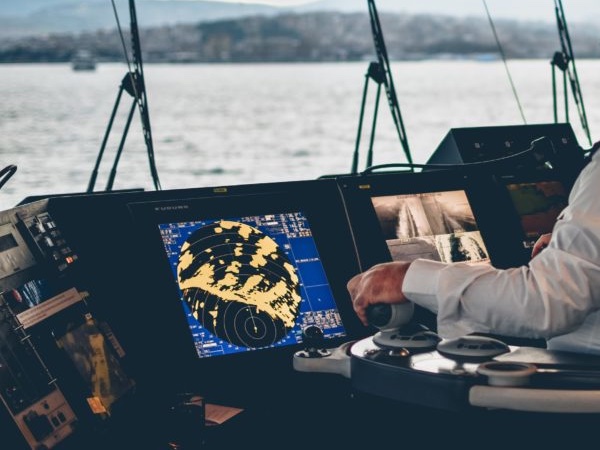
Though marine radars are indispensable equipment on the bridge, it still has their own limitations. Knowing this allows the Officer on Watch to make the best decision. The main limitations […]
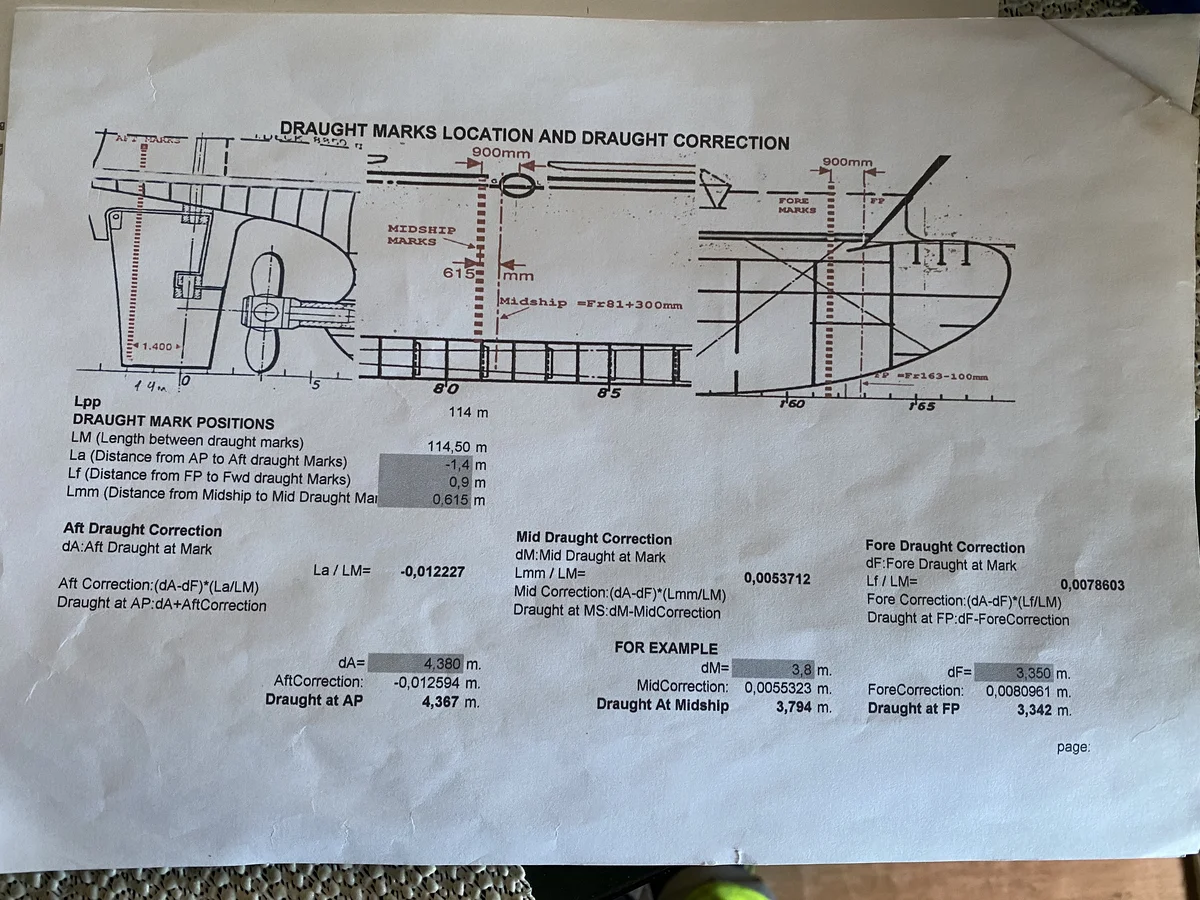
The LCB, the longitudinal center of buoyancy, and the LCF, the longitudinal center of flotation play a huge role in regard to the stability of a vessel. Firstly, let us […]
